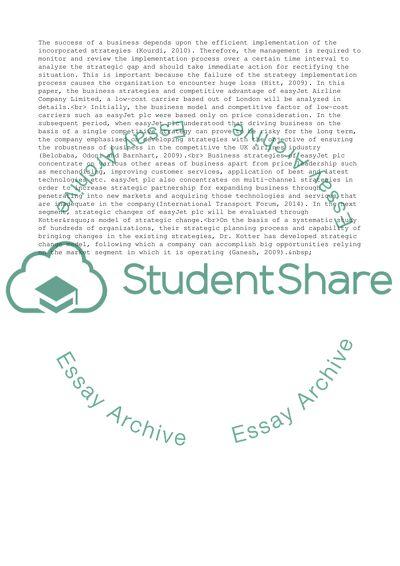Cite this document
(“Strategy and competitive advantages of Easyjet 05191 Essay”, n.d.)
Strategy and competitive advantages of Easyjet 05191 Essay. Retrieved from https://studentshare.org/business/1695401-strategy-and-competitive-advantages-of-easyjet-05191
Strategy and competitive advantages of Easyjet 05191 Essay. Retrieved from https://studentshare.org/business/1695401-strategy-and-competitive-advantages-of-easyjet-05191
(Strategy and Competitive Advantages of Easyjet 05191 Essay)
Strategy and Competitive Advantages of Easyjet 05191 Essay. https://studentshare.org/business/1695401-strategy-and-competitive-advantages-of-easyjet-05191.
Strategy and Competitive Advantages of Easyjet 05191 Essay. https://studentshare.org/business/1695401-strategy-and-competitive-advantages-of-easyjet-05191.
“Strategy and Competitive Advantages of Easyjet 05191 Essay”, n.d. https://studentshare.org/business/1695401-strategy-and-competitive-advantages-of-easyjet-05191.


